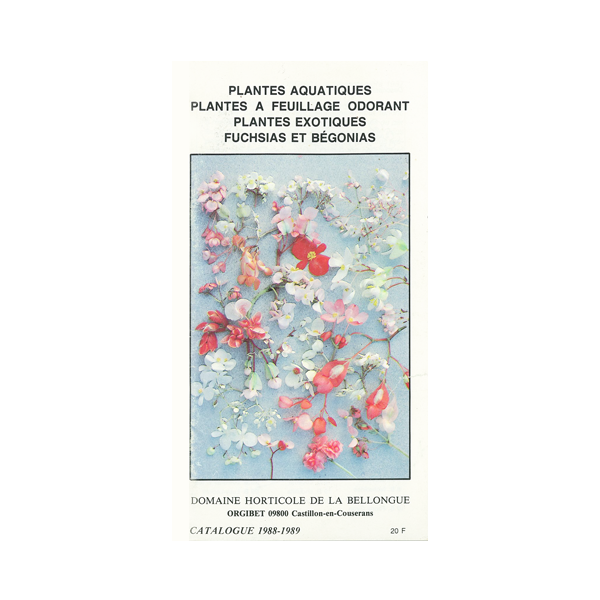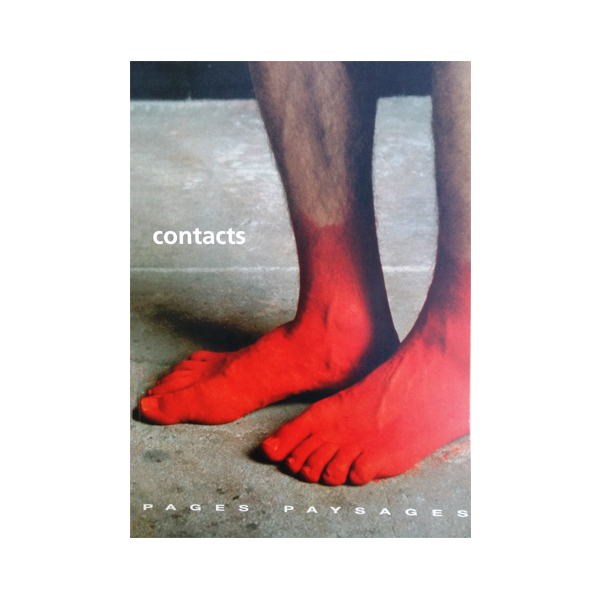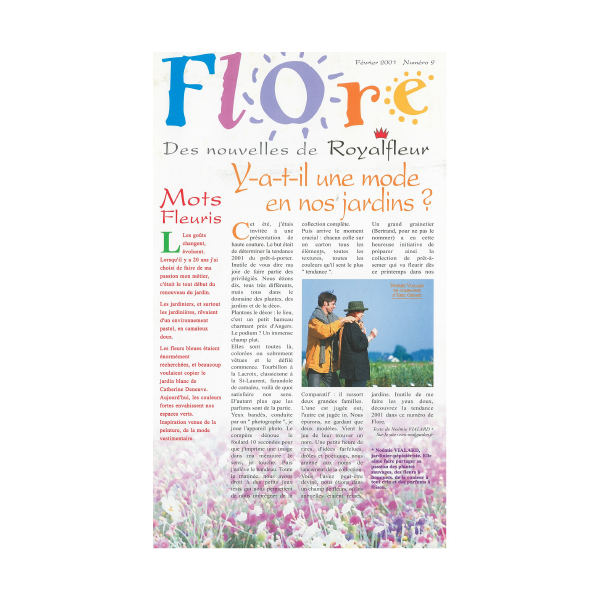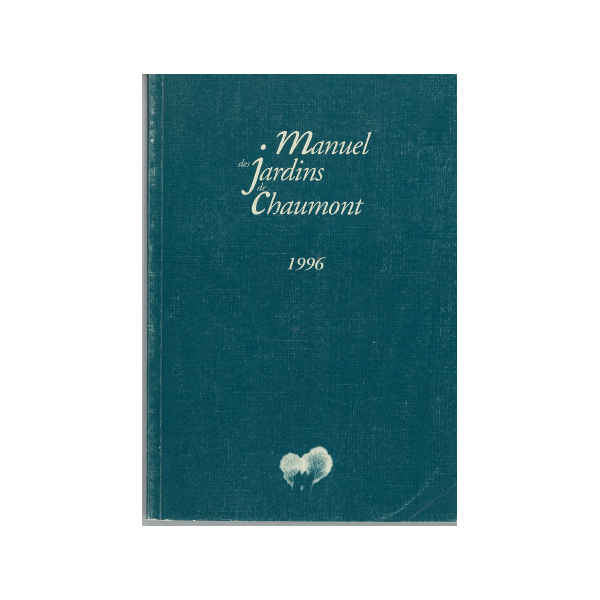How it all began
FROM NURSERY TO LANDSCAPE
Eric Ossart was born in Beauvais France, in 1960, and lived in Morocco until age 18. In 1981 he qualified as a horticultural engineer with the Institut de Genech (Lille, France) then in 1985 obtained his higher national diploma from the Ecole Nationale Supérieure du Paysage de Versailles (ENSP, national school of landscape architecture).
Arnaud Maurières was born in Montauban and lived in the Paris region until age 17. Passionate about plants and orchids in particular, he worked as a student for French orchid specialists, Etablissements Marcelet Lecoufle (Boissy-Saint-Léger) the while pursuing his studies at Toulouse University. In 1983 he was the French winner of the Philips Young Scientist of the year award. A year later he won the Philips international contest for his research on the in-vitro propagation of wild Mediterranean orchids. Also in 1983, he founded the Conservatoire Botanique du Couserans (Ariège, France) dedicated to the research and conservation of the wild flowers of the Pyrenees.
In 1986 Eric Ossart and Arnaud Maurières together founded the Domaine Horticole de la Bellongue, in Ariège: a centre specialising in the cultivation of rare plants (aquatic plants, botanical begonias and Canary Island flora). Three years later they sold their plant collections and moved to Paris to set up their landscape and events agency.

























